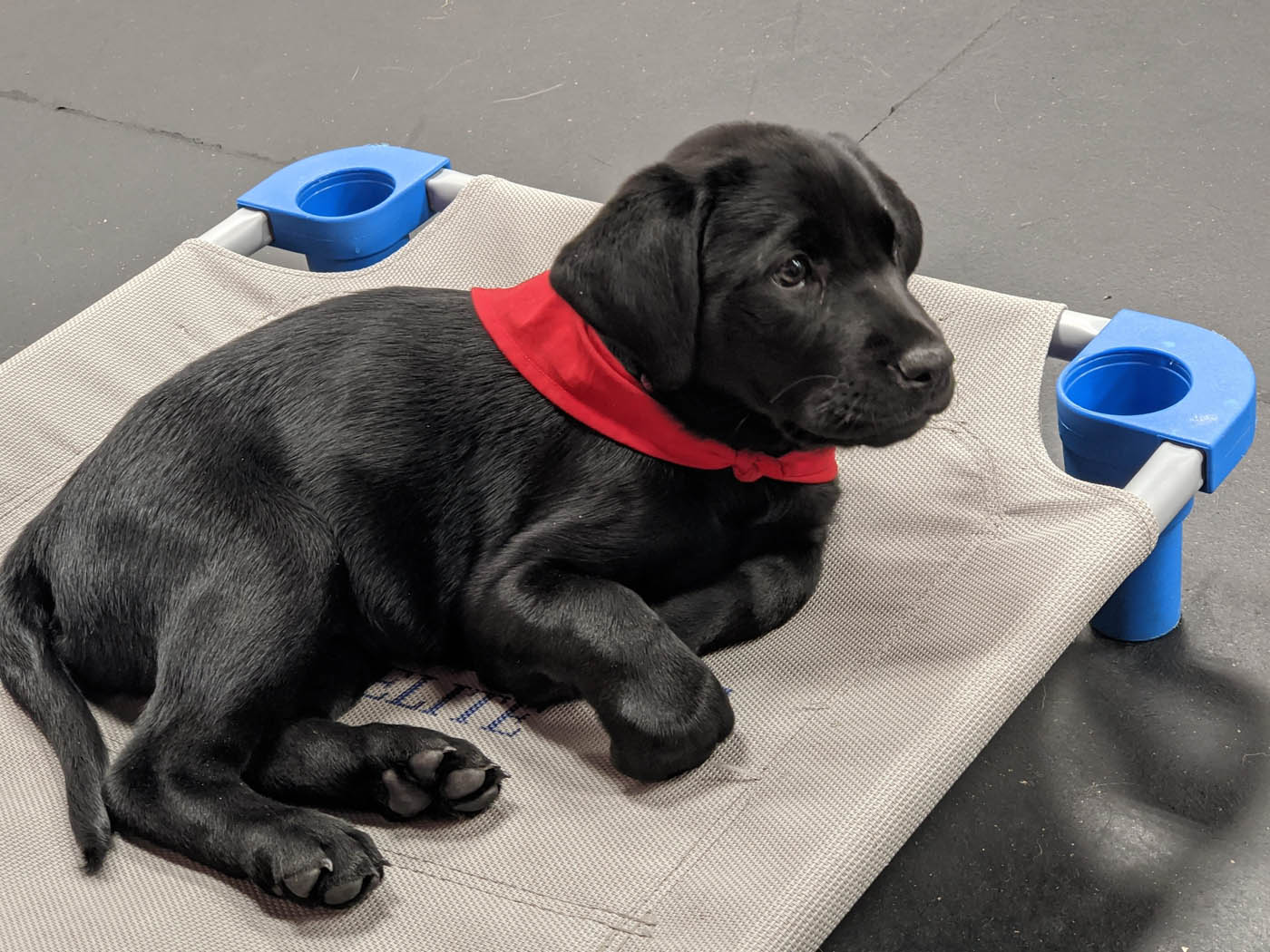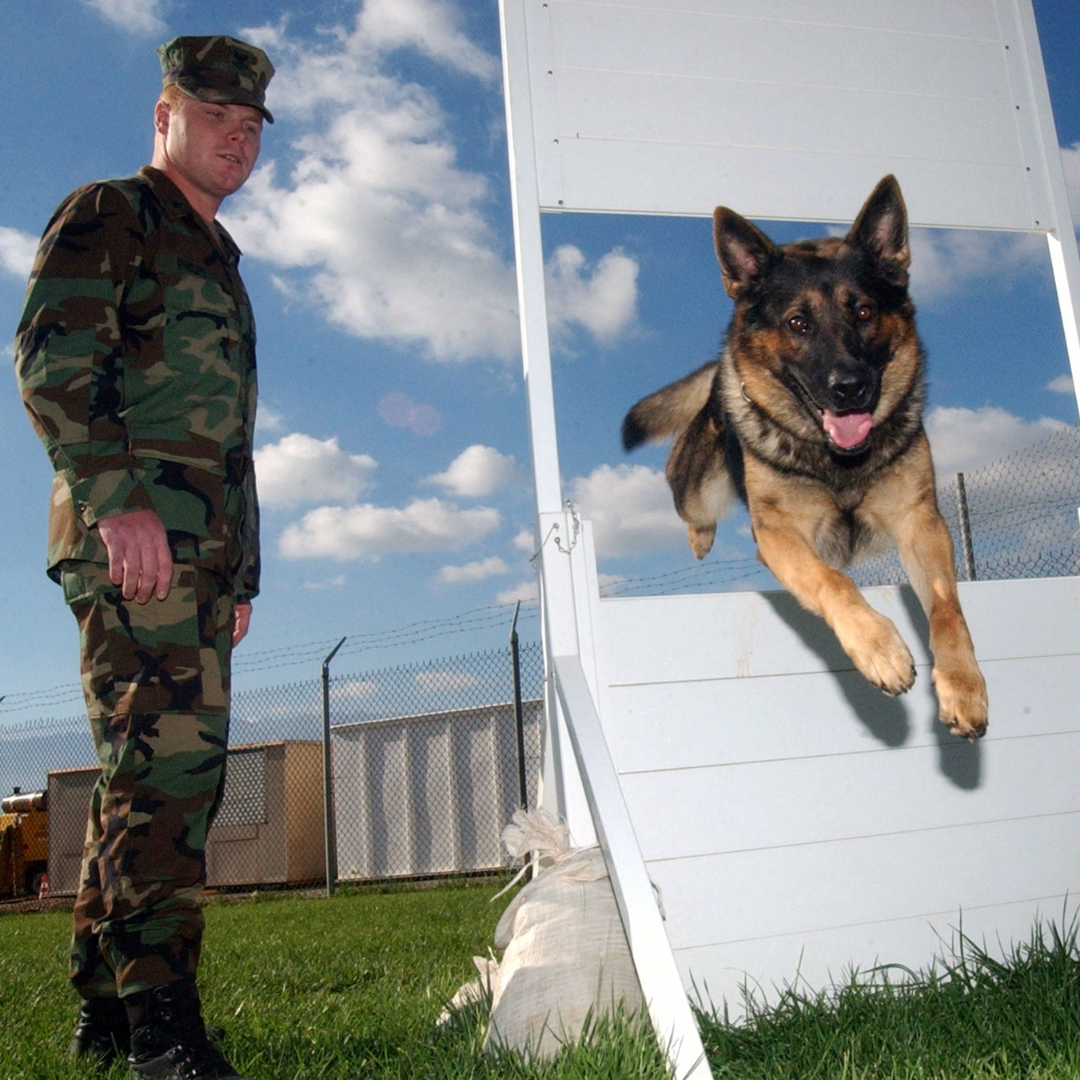Dog Training Charlotte NC: Your Course to a Well-Behaved Dog
Dog Training Charlotte NC: Your Course to a Well-Behaved Dog
Blog Article
The Ultimate Guide to Pet Dog Training: Building a Happy, Loyal Family Pet
Efficient pet training is a complex procedure that pivots on a deep understanding of canine behavior and the application of proven strategies. By embracing positive reinforcement and constant command use, family pet proprietors can grow not only obedience however likewise a solid, relying on connection with their canines.

Recognizing Canine Habits
Just how does a canine's habits reflect its emotional and psychological state? A pet's actions can serve as a window into its feelings, needs, and total emotional well-being.
Body language additionally plays a critical role in comprehending canine behavior. A relaxed position and open mouth signal convenience, whereas strained muscular tissues and pinned ears might recommend anxiety or aggressiveness. Observing these signals is important for recognizing the source of a pet dog's habits, whether it originates from excitement, aggravation, or worry.
In addition, a dog's communication with its environment and various other animals can offer insight into its emotional state. A canine that engages happily with other pets is most likely sensation protected and social, while one that displays avoidance or aggression might be experiencing anxiety or instability. Comprehending these behavioral signs is essential for promoting a solid partnership in between the pet dog and the owner, ultimately adding to the pet dog's emotional wellness and wellness.
Vital Training Methods
Reliable canine training strategies are necessary for cultivating desirable actions and strengthening the bond in between a pet dog and its owner. Utilizing favorable support is among the most reliable approaches, where rewards such as treats, appreciation, or play are provided to reinforce preferred behaviors (Dog training). This urges the pet dog to repeat those habits, creating a positive knowing setting
Consistency is an additional vital aspect in pet dog training. Commands ought to be consistent and clear, and all relative should apply the exact same regulations to avoid perplexing the dog. Timing is just as essential; benefits need to be given quickly after the desired actions to develop a clear connection between the benefit and the activity.
Additionally, short and interesting training sessions work, as pet dogs have differing focus periods. Purpose for sessions of 5 to 15 minutes, relying on the pet's age and energy level. Including play into training can likewise improve inspiration and satisfaction for both the proprietor and the dog.
Lastly, persistence is essential. Dogs learn at their own pace, and preserving a calm temperament will certainly assist alleviate irritation, making sure a positive training experience. These necessary methods lay the foundation for effective canine training and an unified connection.
Fundamental Commands to Educate

Usage treats, praise, and playtime to reward your pet dog's successes. By instilling these basic commands, owners outfit their pets with the skills required for a unified and mannerly connection.
Addressing Typical Behavioral Issues
Comprehending and addressing usual behavioral issues in pet dogs is important for fostering a harmonious connection between pets and their owners. Several canines exhibit behaviors such as extreme barking, chewing, or hostility, which can come from anxiousness, boredom, or lack of correct training. Identifying the root cause of these behaviors is the primary step towards effective intervention.
As an example, excessive barking may show a need for focus or a feedback to ecological stimuli. In such instances, proprietors must evaluate the canine's setting and give ample psychological stimulation, such as interactive playthings or regular exercise. Chewing can commonly be managed by redirecting board training dog the actions to proper eat things and making certain that the dog has enough physical activity to minimize monotony.
Hostile habits calls for mindful handling and might demand specialist training help. It's critical to understand that penalty can worsen anxiousness and hostility, leading to a cycle of behavioral issues. Rather, concentrate on positive reinforcement strategies to reward preferable actions and enhance a complacency.
Building a Positive Training Atmosphere
Developing a positive training atmosphere is basic for reinforcing desirable habits in pet dogs and alleviating behavior concerns. This environment should be defined by consistency, inspiration, and a clear understanding of the training objectives. By establishing a routine, pet dogs discover what is anticipated of them, which helps in reducing anxiousness and complication.
Making use of positive reinforcement methods, such as deals with, appreciation, and play, cultivates a feeling of security and motivation in the canine. Rewarding great habits immediately and consistently reinforces the desired actions, making the training process more effective - dog training charlotte. In addition, instructors need to continue to be patient and calm, as dogs are delicate to their trainers' emotions
The training space need to be devoid of distractions to make certain the pet can concentrate on the tasks at hand. Consider using a silent space or a protected outside area. Moreover, including playtime and socialization into training sessions promotes an all-around approach, boosting the pet dog's knowing experience.
Inevitably, a positive training setting supports a solid bond between the pet dog and handler, bring about an obedient, happy pet. By prioritizing this setting, pet proprietors can effectively resolve behavioral obstacles and cultivate an effective training journey.
Verdict
Efficient pet dog training counts on a comprehensive understanding of canine habits and the application of favorable reinforcement strategies. By mastering important commands and resolving behavioral issues with patience and clear interaction, proprietors can promote a solid bond with their pets. Producing an encouraging training environment improves safety and trust, eventually bring about webpage the development of a joyous and well-behaved buddy. Embracing these concepts ensures a gratifying training experience for both pet dogs and their proprietors.
Efficient pet training is a complex procedure that pivots on a deep understanding of canine behavior and the application of tested methods. A pet dog that involves happily with various other pets is likely feeling social and safe, while one that displays avoidance or hostility might be experiencing stress or insecurity.Effective dog training techniques are vital for promoting preferable habits and enhancing the bond between a canine and its owner.Creating a positive training atmosphere is essential for reinforcing desirable actions in pets and mitigating behavioral concerns.Reliable pet dog training depends on an extensive understanding of canine behavior and the application of more tips here positive reinforcement techniques.
Report this page